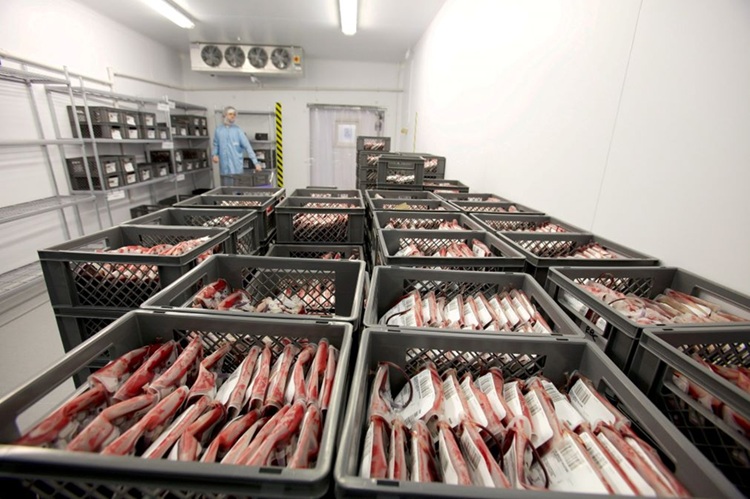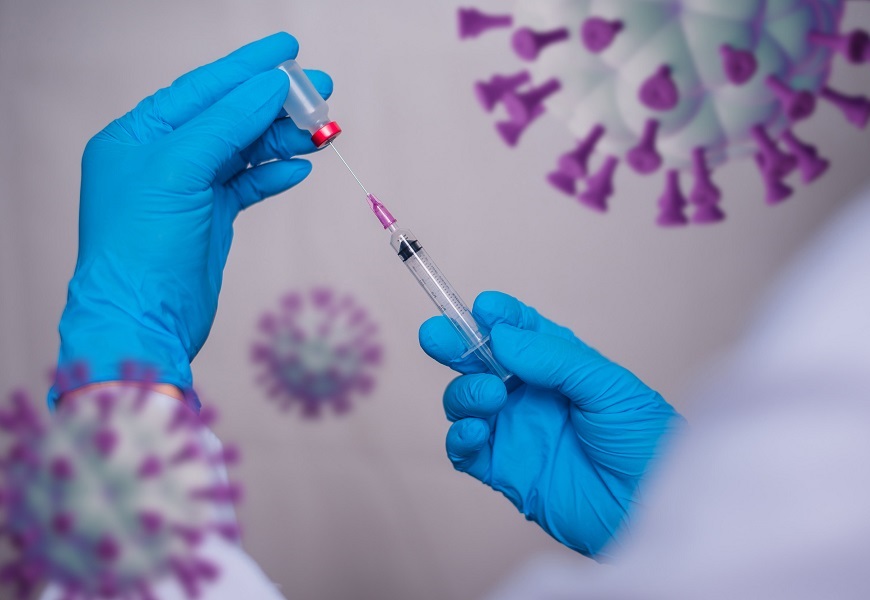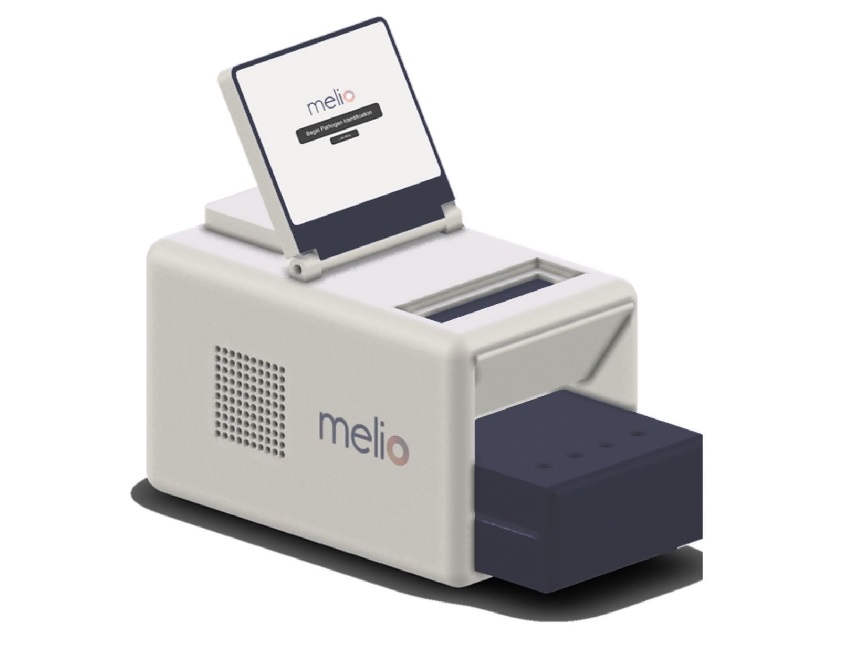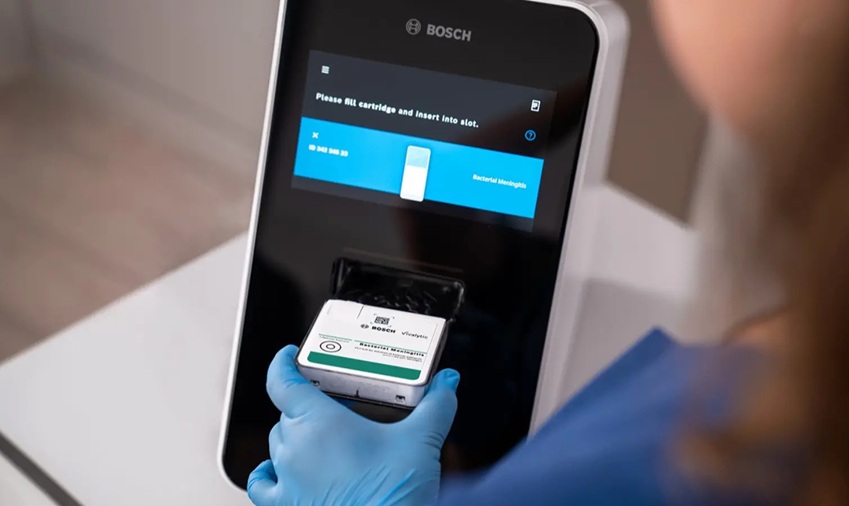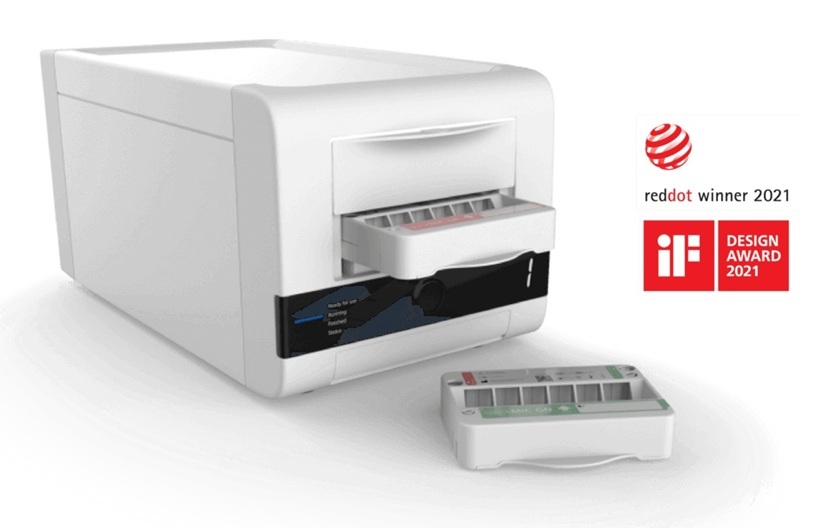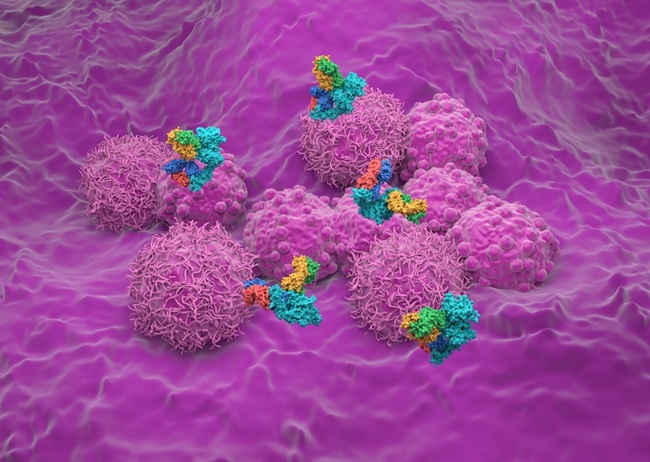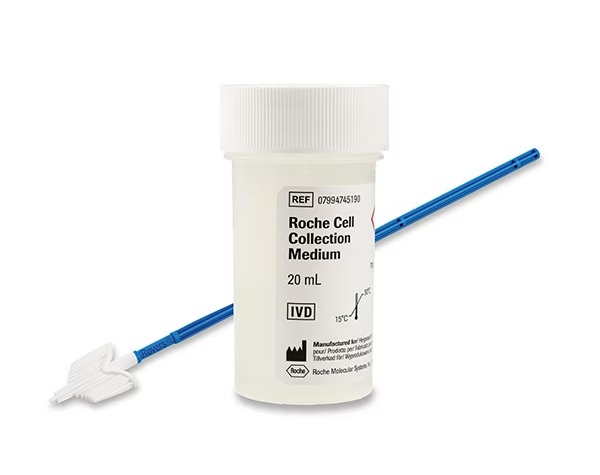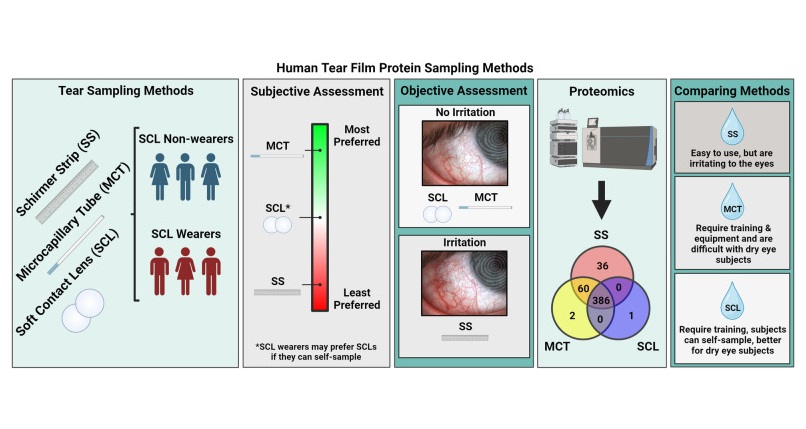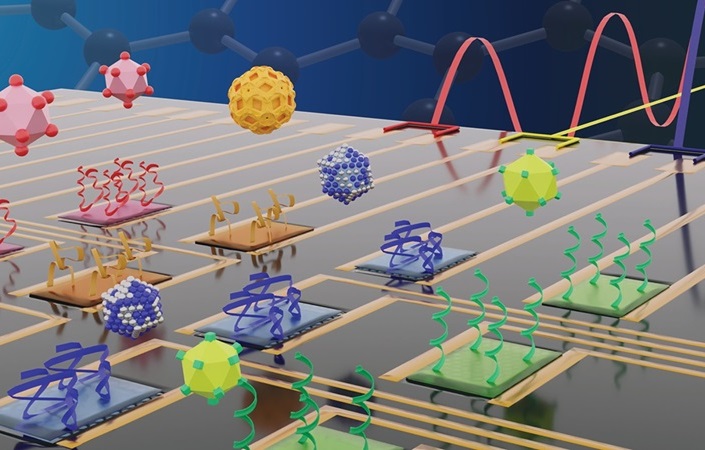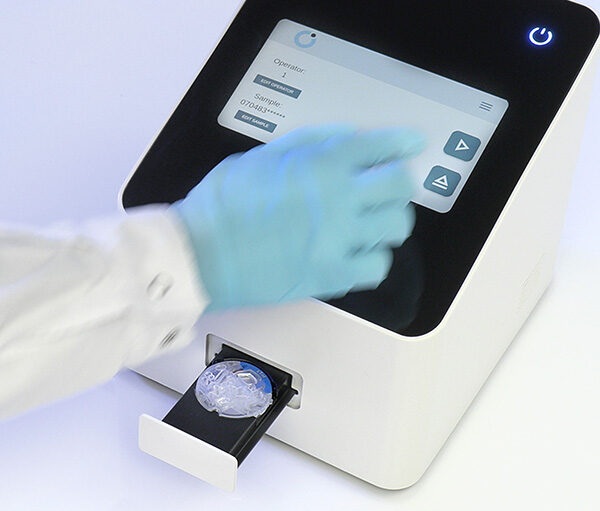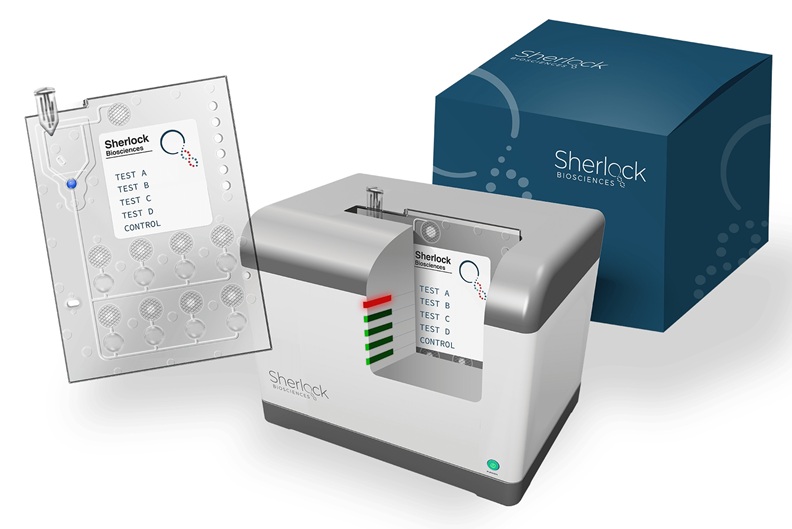Expo
view channel
view channel
view channel
view channel
view channel
view channel
view channel
view channel
view channel
Clinical Chem.
HematologyImmunologyMicrobiologyPathologyTechnologyIndustry
Events

- Biosensing Technology Breakthrough Paves Way for New Methods of Early Disease Detection
- New Saliva Test Rapidly Identifies Paracetamol Overdose
- POC Saliva Testing Device Predicts Heart Failure in 15 Minutes
- Screening Tool Detects Multiple Health Conditions from Single Blood Drop
- Integrated Chemistry and Immunoassay Analyzer with Extensive Assay Menu Offers Flexibility, Scalability and Data Commutability
- Lung Cancer Test Predicts Survival in Early Stages Better Than Current Methods
- Blood Test Enables Early Detection of Multiple Cancers
- Study Advances Possible Blood Test for Early-Stage Alzheimer's Disease
- New Biomarkers to Improve Early Detection and Monitoring of Kidney Injury
- ‘Two-Faced’ Gene to Help Identify Individuals at Greater Risk of Developing Esophageal Cancer
- Streamlined Approach to Testing for Heparin-Induced Thrombocytopenia Improves Diagnostic Accuracy
- POC Hemostasis System Could Help Prevent Maternal Deaths
- New Test Assesses Oxygen Delivering Ability of Red Blood Cells by Measuring Their Shape
- Personalized CBC Testing Could Help Diagnose Early-Stage Diseases in Healthy Individuals
- Non-Invasive Test Solution Determines Fetal RhD Status from Maternal Plasma
- AI Tool Uses Routine Blood Tests to Predict Immunotherapy Response for Various Cancers
- Blood Test Can Predict How Long Vaccine Immunity Will Last
- Microfluidic Chip-Based Device to Measure Viral Immunity
- Simple Blood Test Could Detect Drug Resistance in Ovarian Cancer Patients
- Advanced Imaging Method Maps Immune Cell Connections to Predict Cancer Patients Survival
- POC PCR Test Rapidly Detects Bacterial Meningitis Directly at Point of Sample Collection
- Genetic Testing Could Improve Treatment for Virulent Multidrug-Resistant Fungus Candida Auris
- Ultra-Rapid AST System Provides Critical Results for Sepsis Patients
- High-Throughput AST System Uses Microchip Technology to Rapidly Analyze Bacterial Samples
- Syndromic PCR Test Rapidly and Accurately Identifies Pathogens in Patients with Tropical Fever Infections
- FET-Based Sensors Pave Way for Portable Diagnostic Devices Capable of Detecting Multiple Diseases
- Paper-Based Biosensor System to Detect Glucose Using Sweat Could Revolutionize Diabetes Management
- First AI-Powered Blood Test Identifies Patients in Earliest Stage of Breast Cancer
- Optical Biosensor Rapidly Detects Monkeypox Virus at Point of Care
- Nanomaterial-Based Diagnostic Technology Accurately Monitors Drug Therapy in Epilepsy Patients
- Danaher Partners with Healthcare AI Company Innovaccer on Novel Digital and Diagnostic Solutions
- OraSure Technologies Acquires Sherlock Biosciences
- Worldwide Initiative Aims to Develop Globally Generalizable Blood-Based Tests for Alzheimer’s Disease
- Hologic Enters into Agreement with CDC for H5N1 Bird Flu Test Development
- Quanterix Acquires Magnetic Bead Tech Firm Emission
- Gene Panel Predicts Disease Progession for Patients with B-cell Lymphoma
- New Method Simplifies Preparation of Tumor Genomic DNA Libraries
- New Tool Developed for Diagnosis of Chronic HBV Infection
- Panel of Genetic Loci Accurately Predicts Risk of Developing Gout
- Disrupted TGFB Signaling Linked to Increased Cancer-Related Bacteria
- AI Tool Combines Data from Medical Images with Text to Predict Cancer Prognoses
- New Self-Collection Medical Test Makes HPV Screening Easier for Patients
- Biolasers Light Up Circulating Tumor Cells in Bloodstream of Cancer Patients
- Mini-Tumors Cultivated from Circulating Cancer Cells to Help Develop Targeted Therapies
- World’s First AI-Native Cancer Diagnostic to Transform Precision Medicine

Expo
 view channel
view channel
view channel
view channel
view channel
view channel
view channel
view channel
view channel
Clinical Chem.
HematologyImmunologyMicrobiologyPathologyTechnologyIndustry
Events
Advertise with Us
view channel
view channel
view channel
view channel
view channel
view channel
view channel
view channel
view channel
Clinical Chem.
HematologyImmunologyMicrobiologyPathologyTechnologyIndustry
Events
Advertise with Us


- Biosensing Technology Breakthrough Paves Way for New Methods of Early Disease Detection
- New Saliva Test Rapidly Identifies Paracetamol Overdose
- POC Saliva Testing Device Predicts Heart Failure in 15 Minutes
- Screening Tool Detects Multiple Health Conditions from Single Blood Drop
- Integrated Chemistry and Immunoassay Analyzer with Extensive Assay Menu Offers Flexibility, Scalability and Data Commutability
- Lung Cancer Test Predicts Survival in Early Stages Better Than Current Methods
- Blood Test Enables Early Detection of Multiple Cancers
- Study Advances Possible Blood Test for Early-Stage Alzheimer's Disease
- New Biomarkers to Improve Early Detection and Monitoring of Kidney Injury
- ‘Two-Faced’ Gene to Help Identify Individuals at Greater Risk of Developing Esophageal Cancer
- Streamlined Approach to Testing for Heparin-Induced Thrombocytopenia Improves Diagnostic Accuracy
- POC Hemostasis System Could Help Prevent Maternal Deaths
- New Test Assesses Oxygen Delivering Ability of Red Blood Cells by Measuring Their Shape
- Personalized CBC Testing Could Help Diagnose Early-Stage Diseases in Healthy Individuals
- Non-Invasive Test Solution Determines Fetal RhD Status from Maternal Plasma
- AI Tool Uses Routine Blood Tests to Predict Immunotherapy Response for Various Cancers
- Blood Test Can Predict How Long Vaccine Immunity Will Last
- Microfluidic Chip-Based Device to Measure Viral Immunity
- Simple Blood Test Could Detect Drug Resistance in Ovarian Cancer Patients
- Advanced Imaging Method Maps Immune Cell Connections to Predict Cancer Patients Survival
- POC PCR Test Rapidly Detects Bacterial Meningitis Directly at Point of Sample Collection
- Genetic Testing Could Improve Treatment for Virulent Multidrug-Resistant Fungus Candida Auris
- Ultra-Rapid AST System Provides Critical Results for Sepsis Patients
- High-Throughput AST System Uses Microchip Technology to Rapidly Analyze Bacterial Samples
- Syndromic PCR Test Rapidly and Accurately Identifies Pathogens in Patients with Tropical Fever Infections
- FET-Based Sensors Pave Way for Portable Diagnostic Devices Capable of Detecting Multiple Diseases
- Paper-Based Biosensor System to Detect Glucose Using Sweat Could Revolutionize Diabetes Management
- First AI-Powered Blood Test Identifies Patients in Earliest Stage of Breast Cancer
- Optical Biosensor Rapidly Detects Monkeypox Virus at Point of Care
- Nanomaterial-Based Diagnostic Technology Accurately Monitors Drug Therapy in Epilepsy Patients
- Danaher Partners with Healthcare AI Company Innovaccer on Novel Digital and Diagnostic Solutions
- OraSure Technologies Acquires Sherlock Biosciences
- Worldwide Initiative Aims to Develop Globally Generalizable Blood-Based Tests for Alzheimer’s Disease
- Hologic Enters into Agreement with CDC for H5N1 Bird Flu Test Development
- Quanterix Acquires Magnetic Bead Tech Firm Emission
- Gene Panel Predicts Disease Progession for Patients with B-cell Lymphoma
- New Method Simplifies Preparation of Tumor Genomic DNA Libraries
- New Tool Developed for Diagnosis of Chronic HBV Infection
- Panel of Genetic Loci Accurately Predicts Risk of Developing Gout
- Disrupted TGFB Signaling Linked to Increased Cancer-Related Bacteria
- AI Tool Combines Data from Medical Images with Text to Predict Cancer Prognoses
- New Self-Collection Medical Test Makes HPV Screening Easier for Patients
- Biolasers Light Up Circulating Tumor Cells in Bloodstream of Cancer Patients
- Mini-Tumors Cultivated from Circulating Cancer Cells to Help Develop Targeted Therapies
- World’s First AI-Native Cancer Diagnostic to Transform Precision Medicine











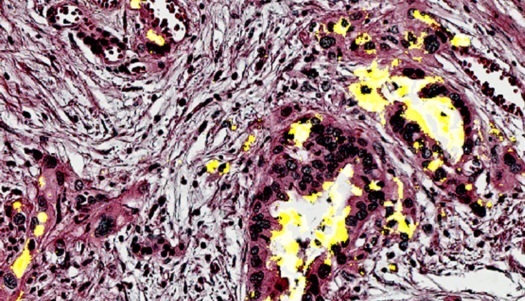












.jpg)



